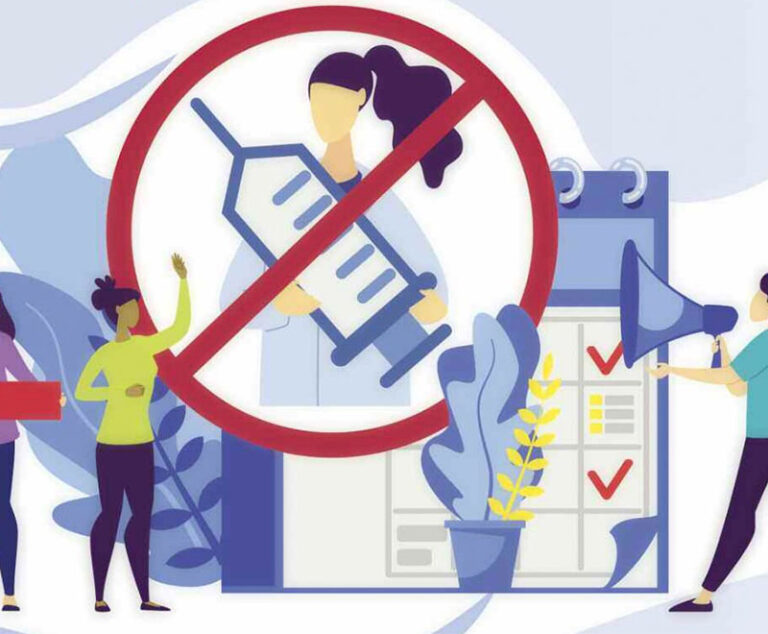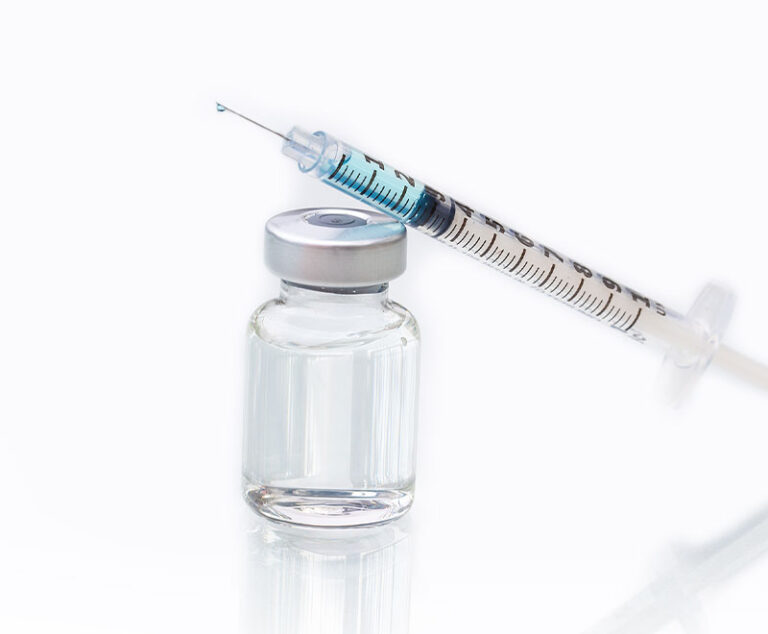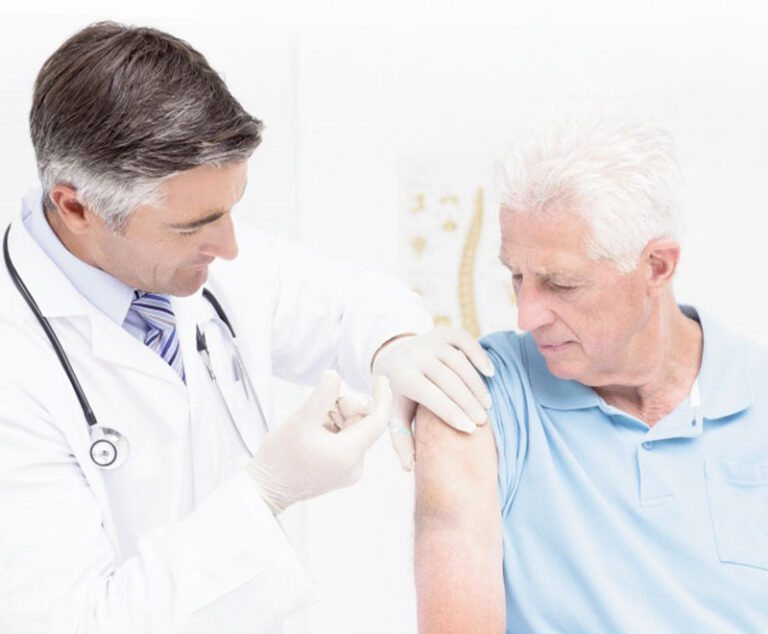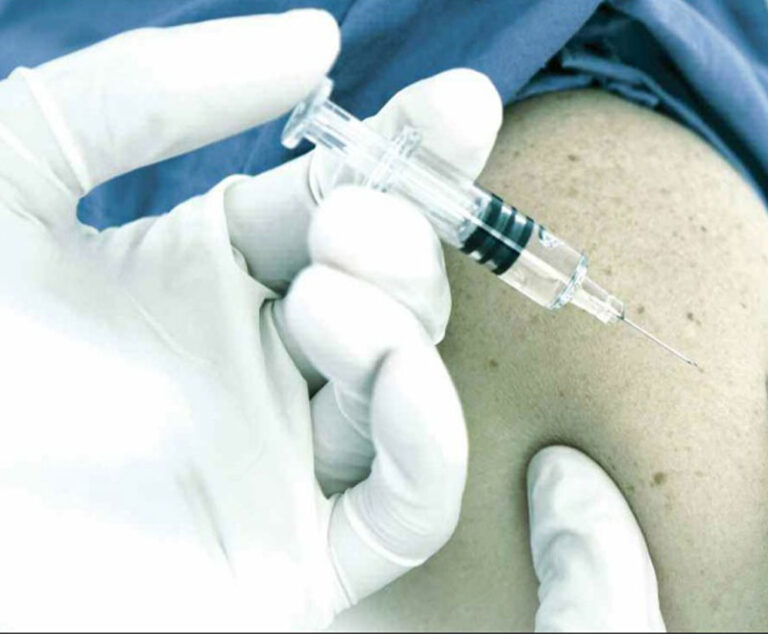Industry Insight
Information, Observation & Analysis
Vaccines Articles
Social media platforms have given the anti-vaccine faction a significant voice that has undermined advances in public health. Now, in the wake of a global pandemic, healthcare stakeholders may have an opportunity to reclaim the narrative about vaccines with facts, not fiction.
While vaccination rates in the U.S. are rising, they are still too low among all age groups.
For decades, scientists have discussed the concept of a “universal” flu vaccine that could provide broad protection against seasonal and pandemic influenza viruses, and we now have a number of promising vaccine candidates with a realistic chance to fulfill the dream.
As governments around the world ramp up COVID-19 prevention activities, are other diseases of international importance and their prevention programs suddenly on pause?
Despite the many vaccine candidates undergoing clinical trials, experts doubt an effective vaccine for Alzheimer's disease is on the horizon.
Recent disease trends among adolescents and young adults have fueled vaccine schedule updates. Many have been outbreak-driven; others reflect vaccine improvements and innovations. All are critical to improve the health.
Vaccine adherence rates for seniors are low, increasing health risks for this older population and beyond.
Research is paving the way for new preventive vaccines for many different illnesses.
Parents who choose not to vaccinate their children reduce the community immunity threshold that can result in a return of preventable diseases.
The best defense against influenza remains annual immunization against emergent influenza strains.
Suboptimal adult vaccination rates are spurring increased awareness and efforts to improve access to important vaccines.
Vaccine shortages do occur, but plans are in place to help mitigate them and to lessen their impact on both public and private sectors.











